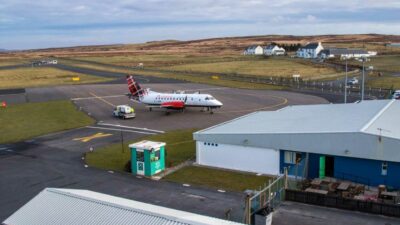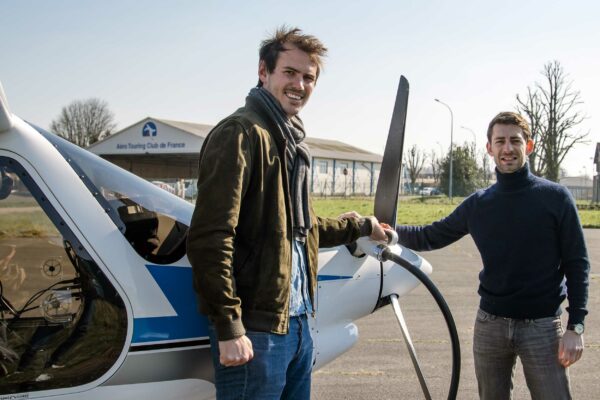Latin America has its first electric aircraft! The SORA-e, a joint venture between light aircraft maker ACS Aviation and energy company Itaipu Binacional, made a 5-minute maiden flight from the airport at Hernandarias, a city which straddles the border between Brazil and Paraguay.
The SORA-e is based on an existing two-seat light aircraft produced by ACS and equipped with an electric motor from Slovenia in Europe, and six packs of lithium batteries.
Alexandre Zaramella, an engineer and managing partner of ACS Aviation, was the pilot. The SORA-e took off at exactly 14h 28m (GMT) and flew over the nearby Itaipu reservoir. It touched down at 14h 33m “exactly as predicted in the flight plan” – apart from the front landing gear breaking.
Zaramella said that Itaipu and ACS started from scratch to develop the aircraft. “We will soon complete development of the aircraft.,” he said. “The flight was very good, as expected and smoothly. The SORA-e is quieter and the electric motor response is faster than in the combustion system.” Zaramella also highlighted the “torque curve”, ie the response of the aircraft to the pilot power of command. “That’s the big difference,” he said, compared with conventional aircraft. “The electric plane has more at hand.”
The SORA-e was developed by the technical teams of Itaipu and ACS. In a press release, they said the SORA-e is equipped with two Enrax electric motors, 35 kW each, made ​​in Slovenia and six packs of ion polymer lithium batteries, totaling 400 volts. The aircraft can carry two people (pilot and passenger) and has a range of 45 minutes of flight, expandable to an hour and a half, with cruising speed of 190 km / h and a top speed of 340 km / h. The structure is carbon fibre.
For ACS Aviation, one of the project goals is to enable commercial electric models and help drive this market. Zaramella said the biggest challenge the industry today is to develop batteries with higher density to increase the autonomy of electric models. “We expect that in five or ten years already have batteries for aircraft with up to four occupants.”












